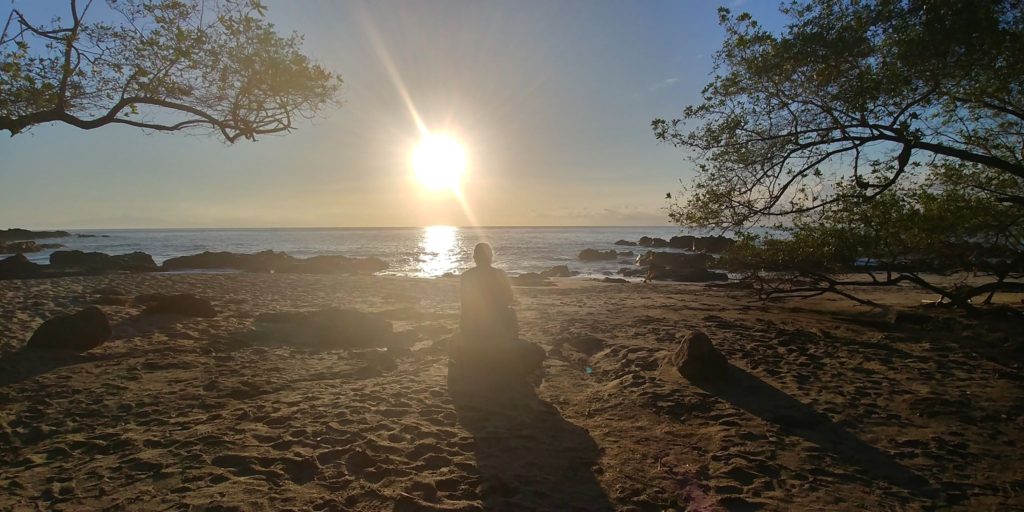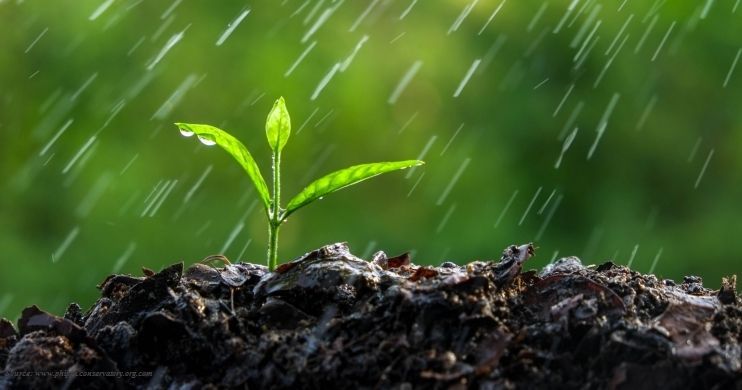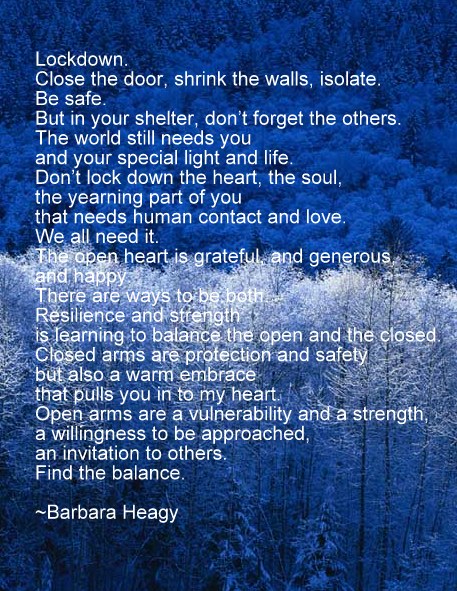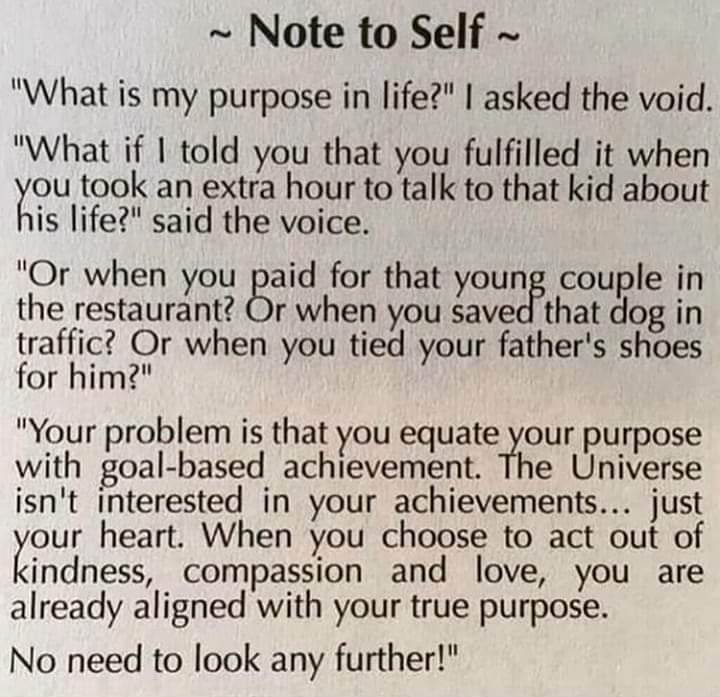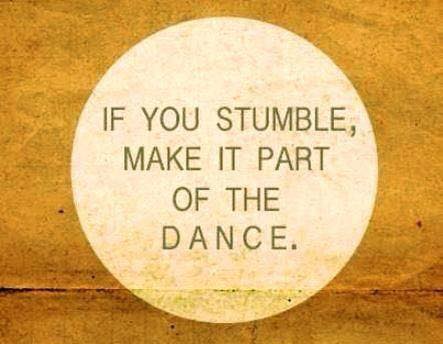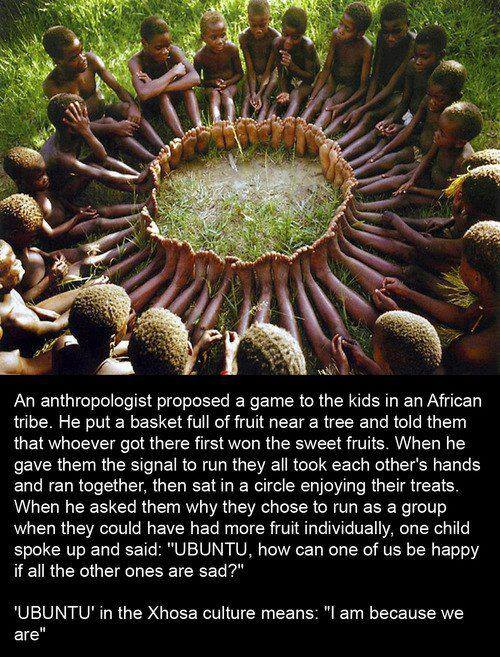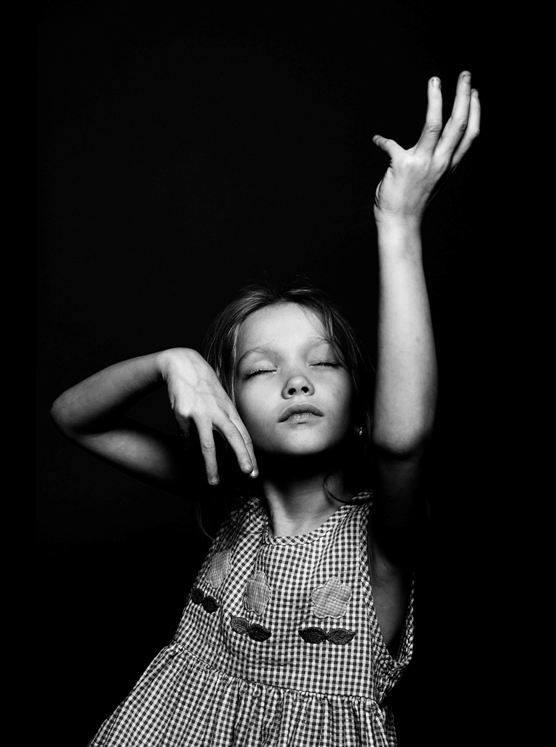
I recently read an article by communication scientist Richard Huskey about flow; what is it, what is its benefits, why should we seek to find it in our lives. (Why Does Experiencing ‘Flow’ Feel So Good? A Communication Scientist Explains)
Flow occurs when we feel focused and in control of an activity. We lose our sense of time and surroundings. We have a strong sense of ourselves and the intricacies of the action. The ease and natural energy we dispense brings us joy and a sense of well-being. We feel in control and capable. We’re ‘in the zone’ with an experience that is both skilled and challenging, making us feel completely satisfied with our creative accomplishments. (Mihaly Csikszentmihalyi, Psychologist and Author “Beyond Boredom and Anxiety: Experiencing Flow in Work and Play)
There are many ways we can achieve flow in our lives. It can happen with equestrians, swimmers, artists, dancers, musicians, cooks, chess players, surfers, or mountain climbers. It can even happen with video game players. It doesn’t matter so much what you do as long as it brings you a sense of “self-control, goal pursuit, and well-being.” This experience of flow makes us more resilient and capable in other areas of our lives too. It can keep us from burnout and depression and worry. It can help us cope with difficult times and situations such as the pandemic.
I find flow in my dance, my writing, cooking, yoga, gardening, and walking in nature. These activities bring me a sense of joy and well-being and a sense of accomplishment. I feel relaxed and happy when I do them.
Do you have ‘flow’ in your life? What makes you feel in-the-zone?
